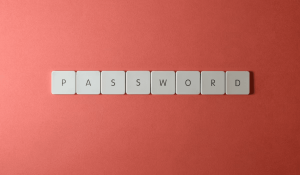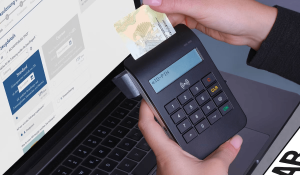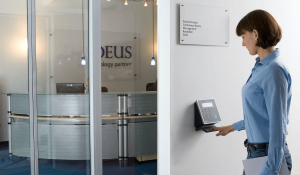A Beginner’s Guide to Supervising Access to Computer Systems
Introduction: In an age where data security is paramount, understanding how to control and supervise access to Computer Systems is essential. As digital threats loom large, ensuring only authorized individuals have access to sensitive information is crucial. In this guide, we delve into the fundamentals of access control, exploring various authentication methods, their benefits, and why such measures are pivotal in maintaining a secure digital landscape.
1. Introduction to Controlling Sessions on Computers
In the digital realm, safeguarding data integrity, confidentiality, and usability begins with controlling access to computer systems. Discover the role of user codes in monitoring resource usage and session duration, and why ensuring the legitimacy of users is vital for a secure system.
2. Password-Based Control: Balancing Convenience and Security
Passwords are a common means of authentication, but their ease of use often comes with vulnerabilities. Delve into the world of password-based access control, its limitations, and how operating systems implement measures to thwart unauthorized access attempts.

3. ID Card-Based Control: Strengthening Authentication
Identity cards provide a more robust authentication method, combining physical possession with passwords for added security. Explore the advantages of identity cards in safeguarding sensitive information and their real-world applications, such as in electronic banking systems.

4. Control Based on Physical Properties: Biometric Authentication
Biometrics, such as fingerprints, voice, and retina scans, offer an unimitable means of verifying identity. Uncover how biometric authentication works, its benefits, and the challenges associated with implementing these advanced security measures.

5. The Importance of Access Control: Safeguarding Sensitive Data
Why is access control critical? Learn why businesses and individuals need to prioritize controlling access to computer systems. Explore how access control contributes to compliance with regulations, industry standards, and the establishment of trust in a digital world.
Incorporating Valuable Insights from FATIH KÜÇÜKKARAKURT
FATIH KÜÇÜKKARAKURT, a cybersecurity expert with a wealth of experience, brings his knowledge to this guide. With a proven track record in data protection and system security, KÜÇÜKKARAKURT sheds light on the intricacies of controlling access to computer systems and the significance of safeguarding sensitive data.
Conclusion: Navigating the Path to Secure Access
As the digital landscape evolves, so do the threats that accompany it. Secure access to computer systems is no longer a luxury—it’s a necessity. By grasping the methods of controlling access, from passwords to biometrics, individuals and businesses can build a robust defense against unauthorized access attempts. Embrace these insights to fortify your digital stronghold and ensure the safety of valuable information.
Key Points at a Glance
| Authentication Method | Key Features | Advantages |
|---|---|---|
| Password-Based Control | Common and easy to implement | Convenience, familiar to users |
| ID Card-Based Control | Combines physical possession with passwords | Enhanced security |
| Biometric Authentication | Relies on unique physical traits | Unimitable, heightened security |
| Importance of Access Control | Safeguards data, maintains compliance | Prevents data breaches, fosters trust |
Comparative Table: Password vs. Biometric Authentication
| Authentication Method | Password-Based Control | Biometric Authentication |
|---|---|---|
| Security | Vulnerable to password guessing | Unique physical traits enhance security |
| Convenience | Familiar but subject to risks | Unimitable but may require special devices |
| User Experience | Easy to remember, but often weak | High accuracy but potential privacy concerns |
| Implementation | Common, with potential vulnerabilities | Advanced, requires specialized hardware |
In a digital age teeming with cyber threats, mastering the art of controlling access to computer systems is a crucial skill. By employing robust authentication methods, individuals and organizations can protect sensitive data, maintain compliance, and foster an environment of trust. As you navigate the ever-changing landscape of digital security, remember that the key to a secure future lies in your hands.




